Significance
Due to the convenient water transport along the Nankan River, Nankan was the earliest area within Taoyuan City to be developed. Wufu Temple was built there to carry on a tradition of making offerings to Xuan Tan Yuanshuai—the God of Warfare and Wealth—that had been begun on the site by the troops of Zheng Chenggong (Koxinga, 1624 – 1662), a Ming dynasty loyalist who resisted the Qing dynasty conquest of China's southeastern coast and who was a figure of major importance in Taiwan’s history. It was the first temple in Taoyuan and later became the primary religious center for the five villages around Nankan. The large incense burner that was left after the thanksgiving prayer ceremony during the renovation of 1823 remained through the later restorations of the temple. Due to a belief that touching the burner can bring blessings from the deities, it has become the main attraction of Wufu Temple.
History
Wufu Temple enshrines Xuan Tan Yuanshuai, a god of warfare and wealth. It is a major religious center in the area made up of the districts of Luzhu, Guishan, and Dayuan. Legend has it that Zheng Chenggong prayed for blessings from Xuan Tan Yuanshuai upon coming ashore in Taiwan in 1661. He subsequently defeated the Dutch and captured Tainan’s Fort Provintia (Chikan Tower) that December. He arrived at Nankan Port the following year and camped at the foot of Hutoushan Mountain, where Wufu Temple stands today. He prayed to and enshrined Xuan Tan Yuanshuai there, an act which later resulted in Wufu Temple’s establishment in 1682. During the Qing Dynasty (1644 – 1912), the temple became the religious hub of the five villages (Dingzhuang, Xiazhuang, Miaokou, Luzhucuo, Kengzi) of the Nankan area. Major renovations in 1924 were directed by Liao Shi-cheng, a disciple of renowned carpenter Tan Ing-pin, and Xu Qing, a disciple of famed master Ye Jin-wan, with each being responsible for one side of the temple. This practice led to a seemingly symmetrical temple whose two halves are quite different in their details. The sculptures, paintings, cut-and-paste porcelain (jiǎnnián), and Koji ceramics housed in the temple are all works of renowned artists. The temple is now listed as one of Taoyuan’s municipal historical sites.
Special Features
1The Furnace of Heaven The most iconic, precious item in the temple collection is the Furnace of Heaven, an incense burner left after the prayer ceremony that was held during the renovation of 1823. Characters carved on the burner record the time, place, and purpose for which it was built. This burner is highly unusual in its design. The upper half is an octagonal shape with carvings of plants and animals. Its lower half is a short column fifty-seven centimeters in diameter. The entire burner is less than a meter tall and weighs approximately 120 kilograms. Due to the local belief that touching the burner brings good luck, many visitors run their hands around the top of it three times in a clockwise direction while offering up prayers asking for blessings. During one of the temple’s later renovations, the burner was stored in a warehouse and nearly forgotten; it was brought back to the front of the main hall for display only after being rediscovered by some of the temple’s older worshippers.
The most iconic, precious item in the temple collection is the Furnace of Heaven, an incense burner left after the prayer ceremony that was held during the renovation of 1823. Characters carved on the burner record the time, place, and purpose for which it was built. This burner is highly unusual in its design. The upper half is an octagonal shape with carvings of plants and animals. Its lower half is a short column fifty-seven centimeters in diameter. The entire burner is less than a meter tall and weighs approximately 120 kilograms. Due to the local belief that touching the burner brings good luck, many visitors run their hands around the top of it three times in a clockwise direction while offering up prayers asking for blessings. During one of the temple’s later renovations, the burner was stored in a warehouse and nearly forgotten; it was brought back to the front of the main hall for display only after being rediscovered by some of the temple’s older worshippers.
2The Messenger Serpents’ Den Wufu Temple is the only temple in Taiwan that keeps snakes. The snakes are housed in the Messenger Serpents’ Den in the temple’s rear hall. The tradition of keeping snakes is a holdover from the temple’s early years, when it was surrounded by large banyan trees. Snakes living in the trees would leave early in the morning and return at night, leading local people to view them as messengers from the deities. Although these snakes are not aggressive towards people, a decision was made to place the Messenger’s Den at the rear hall of the temple during the 1977 renovation to prevent the snakes from startling visitors. Believers donate eggs to feed the “messengers.”
Wufu Temple is the only temple in Taiwan that keeps snakes. The snakes are housed in the Messenger Serpents’ Den in the temple’s rear hall. The tradition of keeping snakes is a holdover from the temple’s early years, when it was surrounded by large banyan trees. Snakes living in the trees would leave early in the morning and return at night, leading local people to view them as messengers from the deities. Although these snakes are not aggressive towards people, a decision was made to place the Messenger’s Den at the rear hall of the temple during the 1977 renovation to prevent the snakes from startling visitors. Believers donate eggs to feed the “messengers.”
3Koji Ceramics from Master Su Yang-shui
Besides wood sculptures created by Liao Shi-cheng, Xu Qing, and Huang Gui-li (1903 – 1995), Wufu Temple is also known for its spectacular Koji ceramics. The dragon and tiger wall friezes in the main hall were made in 1925 by Su Yang-shui (1894 – 1961), a Koji master from Quanzhou City. They are among the very few remaining works of Master Su in Taiwan. It is a prized possession of the temple and is considered to be a national treasure.
4The Spirit Paper Burner A spirit paper burner was constructed in 1866 to make offerings through the ritual burning of written materials and writing utensils. It was originally placed outside the main gate (páilóu) but was moved to the park leftward of the temple in 2005 to avoid collision with passing vehicles. Two layers of bricks comprise the body of the small, pagoda-shaped burner, with decorations of creatures symbolizing good fortune on each corner. The two Chinese characters inscribed on the burner mean “sacred scripts.” The stele beside it records the relocation of the pavilion and the details of received donations.
A spirit paper burner was constructed in 1866 to make offerings through the ritual burning of written materials and writing utensils. It was originally placed outside the main gate (páilóu) but was moved to the park leftward of the temple in 2005 to avoid collision with passing vehicles. Two layers of bricks comprise the body of the small, pagoda-shaped burner, with decorations of creatures symbolizing good fortune on each corner. The two Chinese characters inscribed on the burner mean “sacred scripts.” The stele beside it records the relocation of the pavilion and the details of received donations.
Reminders
The 15th and 16th of the third lunar month mark the God of Warfare and Wealth Cultural Festival, the largest festival held by Wufu Temple, which celebrates the birth of Xuan Tan Yuanshuai. Performances during the pilgrimage parade (ràojìng) always attract massive crowds. Other popular events include folklore performance teams, Beiguan music, folk dancing performances (shénjiāngtuán), and surname folk operas (zìxìngxì)—traditional theatrical plays organized in turns by local clans.
Panoramic
Directions